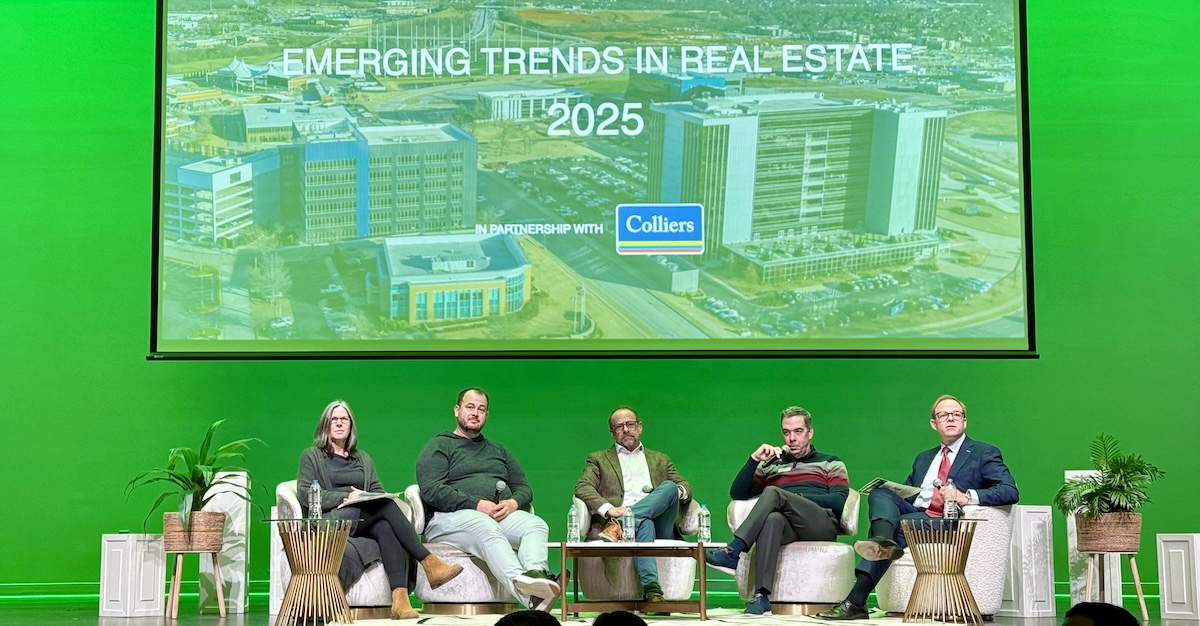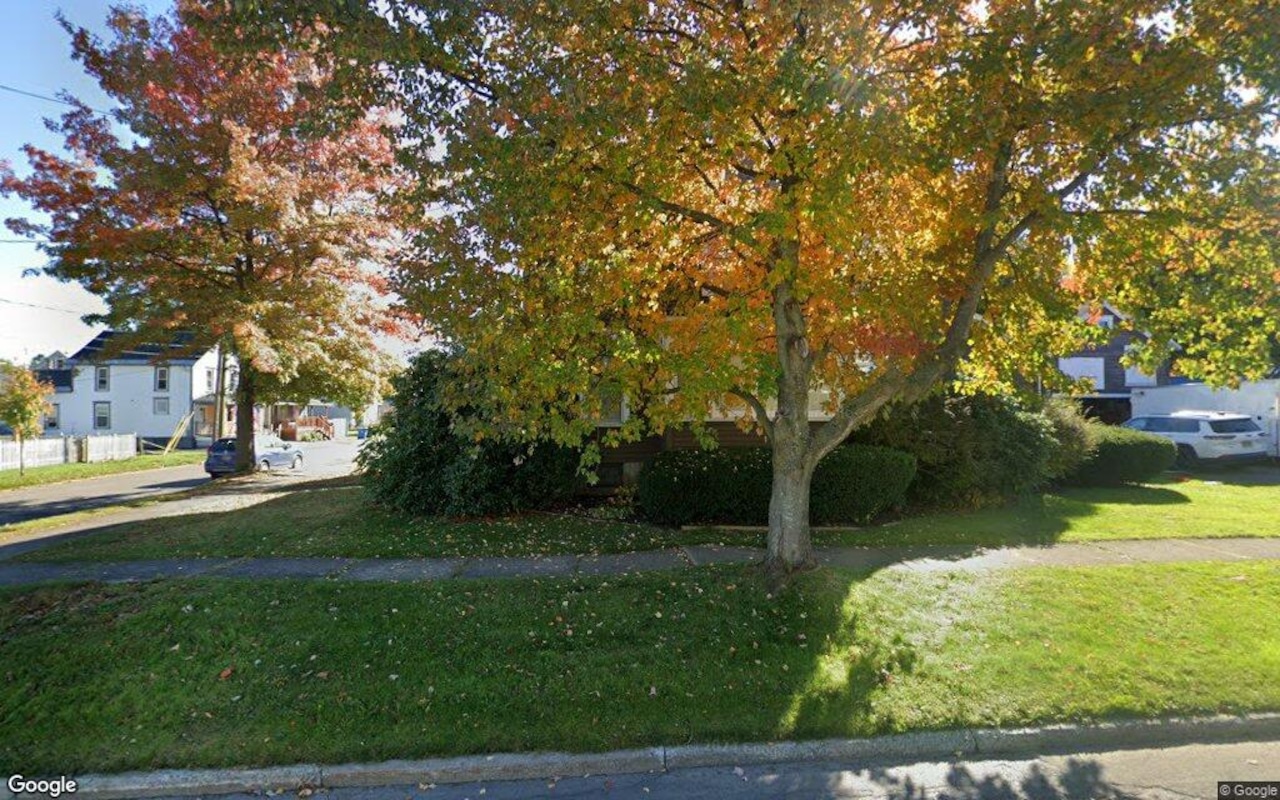A
recent real estate report highlighted a divergence in short-term and long-term interest rates, contradicting expectations that federal funds rate cuts would lead to lower mortgage rates. Molly McCabe, president of Hayden+Tanner, a real estate and investment advisory firm, spoke at the 2025 Emerging Trends in Real Estate Luncheon on January 23.
McCabe noted that the spread between short-term and long-term assets has widened, with mortgage rates currently around 7%, the highest since July. Despite this, she said the economy remains solid, with robust growth, higher labor productivity, and "sticky" inflation. She suggested that a more accurate target inflation rate might be 2.5-3% rather than 2%.
Commercial real estate transactions slowed in 2022 due to discrepancies between buyers' and sellers' expectations. However, operating income on commercial assets remains strong, leading to many extensions and loan rewrites. Survey participants were optimistic about rising profits in 2025, but this has not materialized.
The report shows that US population growth may have declined without net migration, with California, Florida, and Texas accounting for most of the movement. However, areas like Boise, Idaho; Indianapolis; and Las Vegas are experiencing rising populations. McCabe highlighted a recent interview about immigration issues, citing how migrants often don't show up to work due to social connections or family ties.
Homeowners affected by the California wildfires will seek more affordable areas after receiving insurance checks. Office space vacancy remains a challenge in large cities, particularly downtowns, where people are exploring redevelopment into homes or retail. Northwest Arkansas office vacancy rates, however, are falling.
An influx of new homes has become available for sale, but fewer will be available in 2025 and 2026 due to capital availability and rising construction costs. McCabe emphasized the need to build more housing in various locations at different price points, particularly infill developments that benefit communities by reducing infrastructure costs and promoting walkable urban places.
Affordable housing is challenging due to labor costs and rent levels. Compared to areas like California, Northwest Arkansas has relatively solid housing affordability. However, fewer homes are being completed than the market needs, leading people to opt for refinancing or buying up rather than moving.
Survey participants recommended investing in industrial and distribution, single-family housing, multifamily, hotels, and office space, as well as areas with declining populations. McCabe cautioned that these recommendations should be taken with a grain of salt, particularly for those investing in the south Sun Belt.
A panel discussion featuring commercial real estate officials provided perspectives on the Northwest Arkansas market. Jake Quasney from Lloyd Companies noted the firm's recent establishment of an office in the area and expected activity in its construction division. John McCurdy highlighted downtown Springdale's growth momentum, while Mark Cloud emphasized the need for more infill and higher-density developments to address housing affordability.
Bo Diamond from Caisson Capital Partners discussed the importance of understanding renters' needs to determine affordability. The panelists agreed that Northwest Arkansas offers a strong market with opportunities for development, but also acknowledged the challenges of providing enough housing and addressing affordability concerns.














